 "For a moment she rediscovered the purpose of her life. She was here on earth to grasp the meaning of its wild enchantment and to call each thing by its right name, or, if this were not within her power, to give birth out of love for life to successors who would do it in her place."
"For a moment she rediscovered the purpose of her life. She was here on earth to grasp the meaning of its wild enchantment and to call each thing by its right name, or, if this were not within her power, to give birth out of love for life to successors who would do it in her place."
- Boris Pasternak, Doctor Zhivago
It’s hard to believe there was once a time when the days inched by - a time when the weeks didn’t fly by in a blur of routines and overlapping memories. There were days when I would wake up in the morning and ask myself, “What do I want to do today?” There was a point when I considered time not in weeks or months, but in hours and days. As tremendously long ago as that life may seem, the memory of it persists vividly. Perhaps the clarity of these memories is due in part to a recent excursion I took to a land forgotten. This special place was a territory untouched by the forces of the modern day, a region that seems to exist in the shadow of greater names – a small country known as Laos.
My trip to Laos served two purposes. First, and most importantly, I needed to cross the border and head into Vientiane to change my Thai visa status from “Tourist” to “Non-immigrant Business.” This meant that I would then be able to legally work and earn a salary in Thailand (very important). However the timing of this border run just happened to coincide with the planned Laos excursion of my LanguageCorps group. So because this trip was absolutely necessary for me either way, I decided to make the most of the situation and spend a few extra days exploring the country with my fellow LC graduates.
So to begin the journey, we took a 12-hour overnight sleeper train from Bangkok to the border town of Nong Khai. From there we traversed the chaos of the crossing, taking a crowded shuttle bus across the mighty Mekong River, which traces a long portion of the border between Laos and Thailand. Once into Laos, it was about an hour ride into the capital of Vientiane, where we immediately found our hotel and took some time to wash away the haze and grime of overnight traveling. After an hour or so to recover from utter discombobulation, the realization began to sink in that we had finally began our Lao adventure.
When considering the capital cities of other Southeast Asian countries – Bangkok, Hanoi, Kuala Lumpur, Singapore, Jakarta, Manila – one realizes that Vientiane is simply not cut from the same cloth. These are metropolises of many millions of people. Even Phnom Penh in Cambodia, at over 1 million people, has a population five times that of Vientiane. For more perspective consider this: there are more people living Bangkok than in the entire country of Laos. With this basis, understand that the Lao lifestyle is a far cry from the chaotic hustle and bustle of your typical Southeast Asian megacity – even in the capital, Vientiane.
This became immediately apparent once I set out into the streets to explore the city. With no obvious center or downtown, Vientiane is more of a sprawling beehive collection of buildings, businesses, shops, and restaurants. The only cohesively organized area of the city seemed to be the riverfront. Vientiane lies along the Mekong River, and although it does not exactly exude the quaint riverside atmosphere you might experience in a town like Luang Prabang, this is where you find the highest concentration of boutique hotels, bars, and restaurants (and tourists). While I spent my Vientiane nights in this small riverfront area, I spent the days wondering the streets, jaunting from temple to restaurant to temple. Vientiane is somewhat lacking in the way of “attractions,” but I did make the trek out to the iconic Pha That Luang, which is easily the most recognizable and revered symbol of Laos. This structure will almost certainly be the first image to pop up from a Google search of “Vientiane.” Similar to Angkor Wat in Cambodia, the golden edifice even appears on the Lao currency. However important and impressive this icon may be, it pales in comparison to the natural splendor of the Lao countryside.
After two days in Vientiane, my group and I struck out from the city, journeying four hours into the misty limestone mountains that characterize the greater part of northern and western Laos. Our destination was the tiny eco-tourism village of Vang Vieng. This town exists for the sole purpose of providing a base for adventure tourism and trekking through the surrounding mountain ranges. There is also a sizeable river that snakes its way through the range, under the massive green and grey cliffs. This river was our reason for coming to Vang Vieng. The morning after we arrived, we set out to the river with a fleet of kayaks and enough food and water to last the whole day. The majority of this memorable day was spent navigating the serpentine waterway. Occasionally, our guides would take breaks to lead us into the mountains to explore dark jungle caves. While some caves were cavernous, echoing expanses, others were labyrinthine, rocky tunnels. All seemed to be well-trodden enough to be vacant of spiders, snakes, and other creepy crawlies. However, the hordes of bats appeared to have developed an indifference to the occasional human presence in their damp, dusky abode.
One of my favorite memories from this day was returning from the exploration of a rather lengthy subterranean cavern to discover that our guides had, in our absence, prepared a lunch of rice and kabobs of grilled meat and assorted fruits. Beneath the limestone monoliths and omnipresent blanket of mountain mist, we enjoyed this impromptu lunch served on banana leaves, sitting in our kayaks parked on a small riverside beach. I remember in this moment marveling at the sudden feeling of isolation in this place. I don’t think I have ever before in my travels felt so far away from my normal life. Somewhere along that snaking river, any and all semblances of the Western - of the modern, of the familiar - had floated away. There on that sandy curb, even with friends and guides munching quietly around me, I truly felt a world away. And in that revelation I found an unexpected sense of contentment.
During my initial days wondering the dusty, sleepy streets of Laos, I frequently noticed T-shirts being worn or sold with “PDR Laos” printed across the front. Without any sort of deeper speculation, I immediately guessed that the PDR stood for “People’s Democratic Republic.” Perhaps this was a logical assumption, but the standard, dull, literal nature of the image certainly did not seem fitting for the place in which the items were found. However, after spending some time in the country, conversing with locals and other travelers much more versed in Lao culture than I, I learned the true meaning of this slogan of sorts. The adopted epigraph seems much more appropriate for the country that lulled me back into that day-to-day lifestyle that felt so familiar. PDR stands for “Laos – Please Don’t Rush.”







Leave a comment